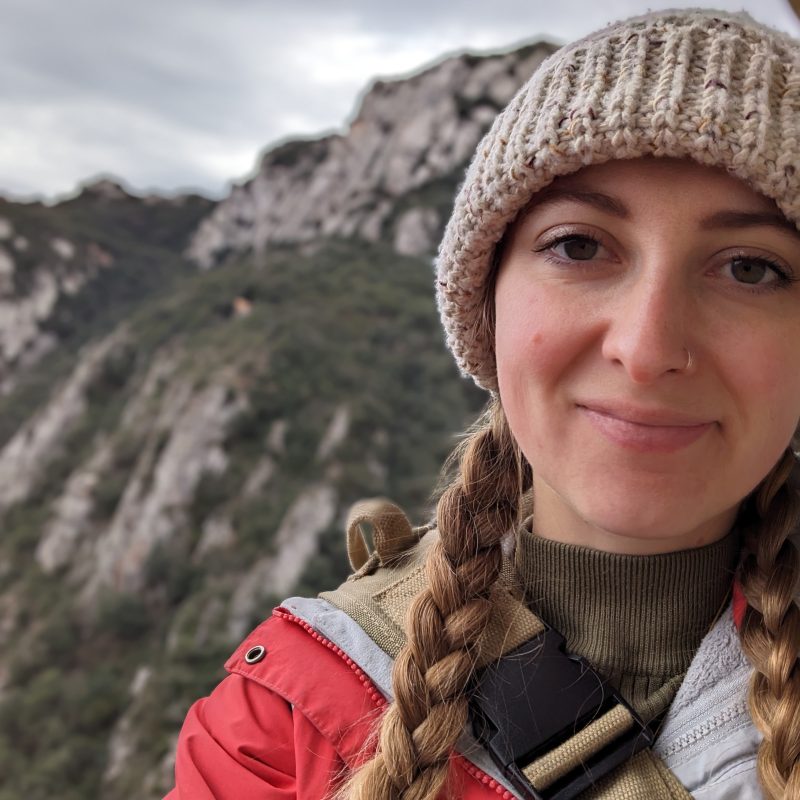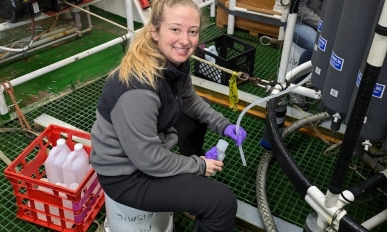The Roles of Seasonality, Silicification, and Alteration in Nitrogen and Silicon Isotope Paleo-proxy Variability
The chemistry of fossil diatoms, specifically their nitrogen and silicon stable isotope signatures, reflects past changes in surface nutrient sources and uptake. Changes in sedimentary diatom nitrogen and silicon isotope values from the Southern Ocean record to what degree ocean biology consumed nutrients in the surface ocean through time. The proposed work will address gaps in our understanding of how the diatom proxies record surface nutrient conditions. This work will ultimately improve our understanding of global-scale climate change in the past and contextualize future change. The project will foster the careers of early career scientists, impact education through training of students and incorporation into course work, and translate science methods, goals, and results of this project to novel audiences through art.






